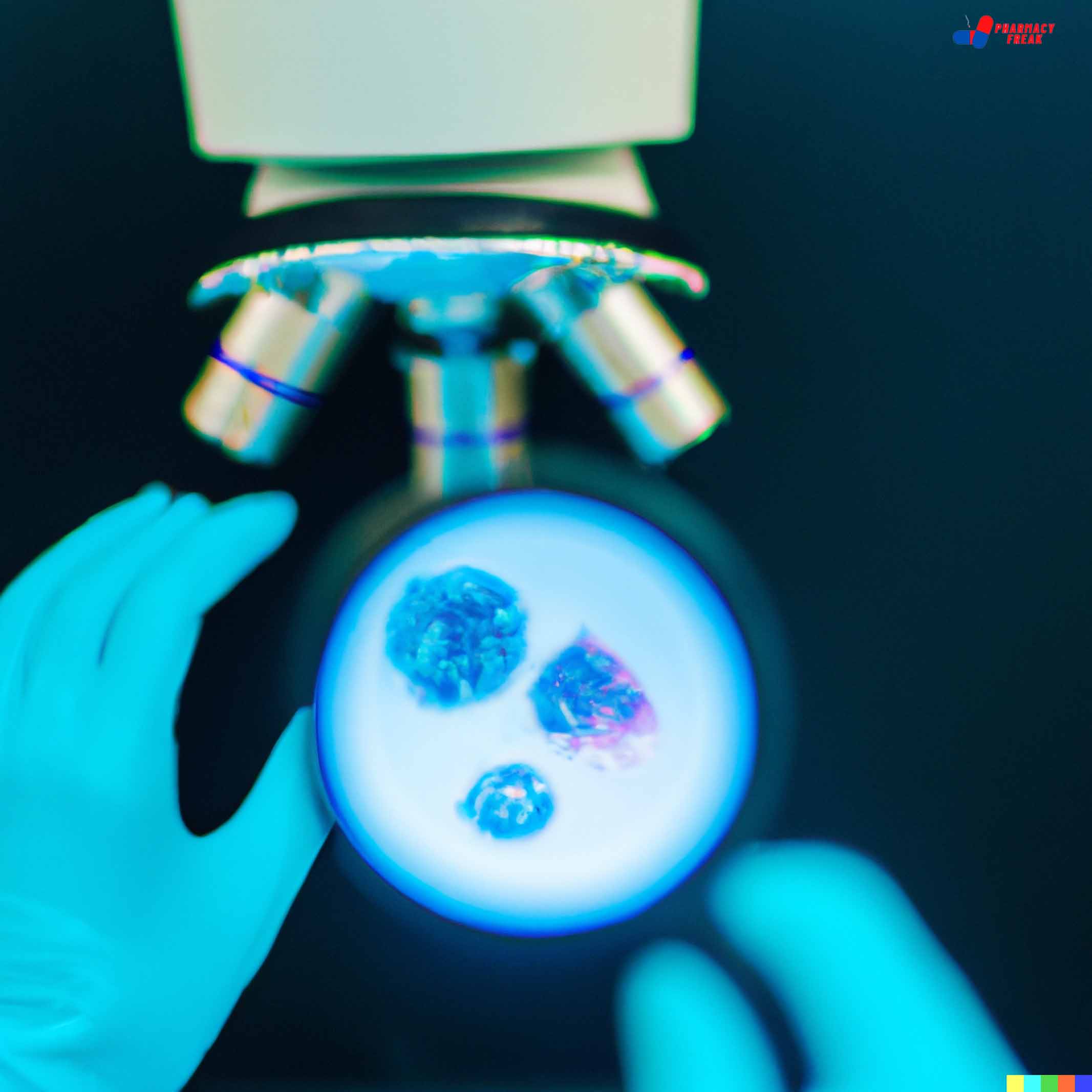Microbiology
Microbiology is a specialized branch of biology that deals with the study of organisms (particularly microscopic or submicroscopic) which are usually invisible to the naked eye (Greek, micro = small, bios = life, logos = study). Louis Pasteur (1822-95) introduced the term microbiology, who demonstrated that the fermentation process was due to the action of yeasts/bacteria on the substrate. Medical microbiology deals with the study of causative agents of disease/infection, their diagnosis, prevention & treatment.
Microbe/microorganisms:
If the object has a diameter less than 0.1mm, our eyes can not perceive the various details or can’t perceive it at all. Therefore, roughly speaking organisms with a diameter up to 0.1 mm or less than 0.1 mm are designated as microorganisms or microbes. The word “microbe” has been derived from French & was introduced in 1878 by a French Surgeon, C.E. Sedillot. Sometimes the term “Germ” is also used for such microscopic forms. At present six major groups are included under the realm of microorganisms viz., bacteria, viruses, fungi, protozoa, algae & helminths.
Branches of microbiology
- Bacteriology- the study of bacteria
- Mycology -the study of fungi
- Virology- the study of viruses
- protozoology- the study of protozoans
- phycology – the study of algae
- parasitology – the study of parasites
Applied Branches of Microbiology
The important classification of applied microbiology are as follow:-
Medical Microbiology
It deals with the study of causative agents of infectious diseases in human beings. It deals with etiology, pathogenesis, laboratory diagnosis, treatment, epidemiology, and control of infection.
Pharmaceutical Microbiology
It deals with the study of microorganisms that are responsible for the production of antibiotics, enzymes, vaccines, vitamins, and other pharmaceuticals. It deals with microorganisms that can contaminate pharmaceutical products, raw materials, manufacturing areas, and foods
Industrial Microbiology
We study microorganisms that are industrially useful in the production of alcoholic beverages, vitamins, amino acids, enzymes, antibiotics, and other drugs. It also includes fermentation techniques used for the production of different compounds. iv. Microbial Biotechnology: It is the scientific manipulation of living organisms, especially at the molecular and genetic level to produce useful products such as antibiotics, enzymes, and amino acids.
Food Microbiology
It deals with the interaction of microorganisms and food in relation to bio processing, food spoilage, food borne diseases, their prevention and includes preparation and preservation of food products.
Soil Microbiology
It is the study of microbial flora and the interactions among soil microorganisms. It also includes the biogeochemical role of soil microorganisms.
Agricultural Microbiology
It is the relationships of microorganisms and crops with an emphasis on the control of plant diseases and improvement of yields.
Aquatic Microbiology
Aquatic microbiology is the study of microorganisms and their activities in fresh and marine waters including lakes, rivers, bays, estuaries and seas. It also includes water purification, microbiology examination and biological degradation of wastes.
Air Microbiology
In this branch, we study the role of aerospora in contamination and spoilage of food and dissemination of plant and animal diseases through the air.
Epidemiology
It is concerned with the monitoring control and spread of diseases in communities.

I am a Registered Pharmacist under the Pharmacy Act, 1948, and the founder of PharmacyFreak.com. I hold a Bachelor of Pharmacy degree from Rungta College of Pharmaceutical Science and Research. With a strong academic foundation and practical knowledge, I am committed to providing accurate, easy-to-understand content to support pharmacy students and professionals. My aim is to make complex pharmaceutical concepts accessible and useful for real-world application.
Mail- Sachin@pharmacyfreak.com

